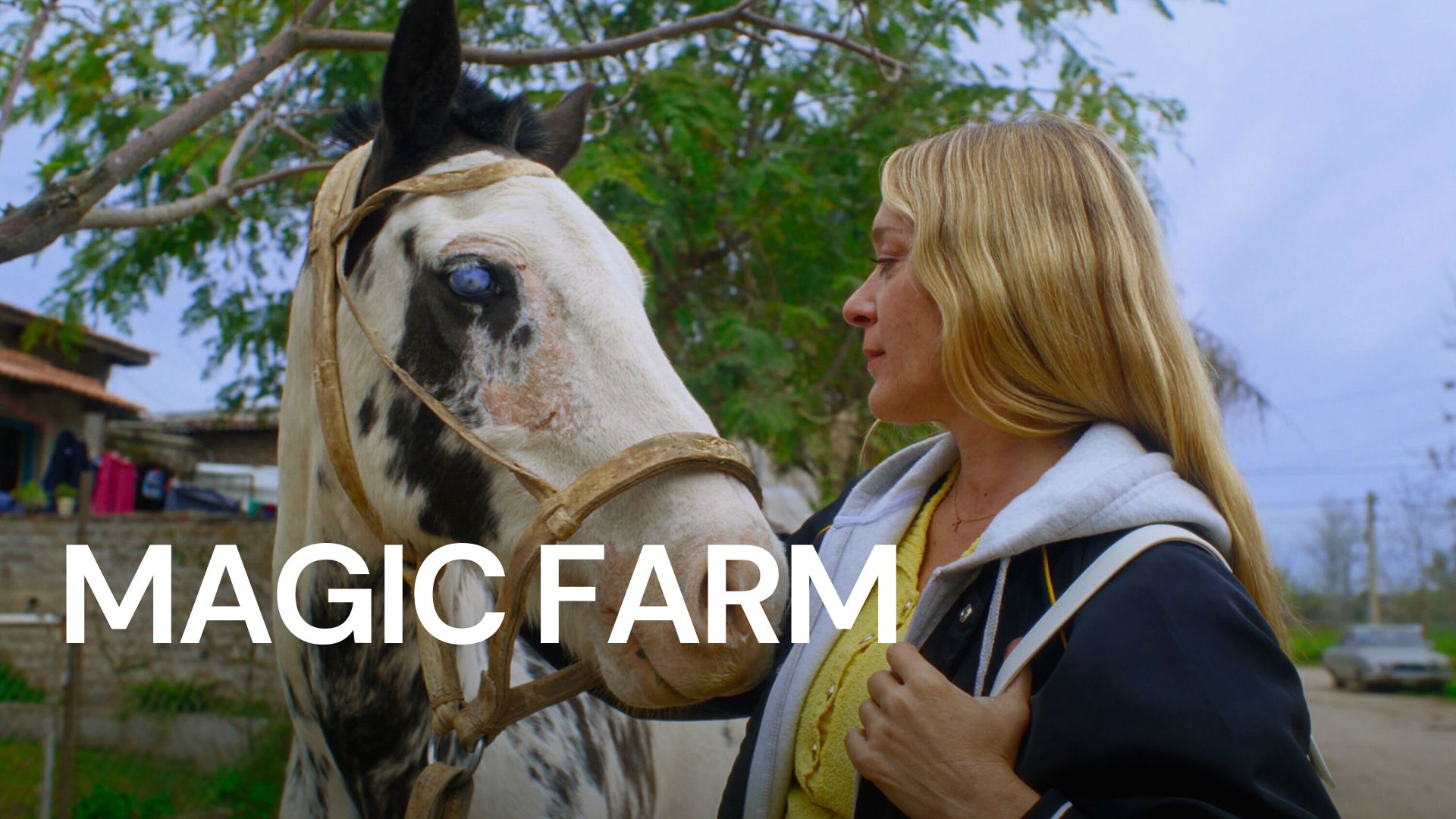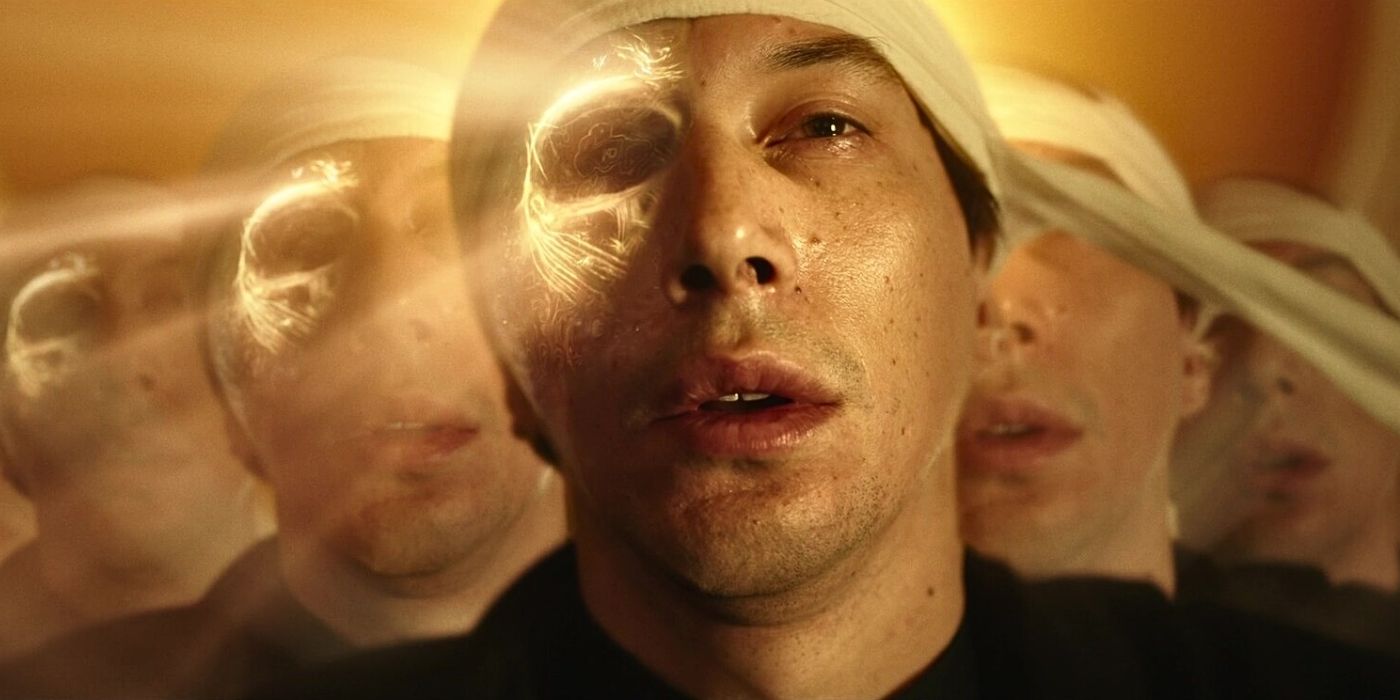It would be unsporting to say much about the rest of the plot. Reading the book won’t give anything important away because—even more so than in Branagh’s previous Poirot films—the kinship between source and adaptation is a bit like the later James Bond films, which might take a title, some character names and locations, and one or two ideas, and invent everything else. Green, who also wrote the recent “Death on the Nile” as well as “Blade Runner 2049” and much of the series “American Gods,” is a reliably excellent screenwriter of fresh stories inspired by canonical material. His work keeps one eye on commerce and the other on art, reminding nostalgia-motivated viewers in the “intellectual property” era of why they like something. At the same time, Green introduces provocative new elements and attempts a different tone or focus than audiences probably expected. (The introduction to the movie tie-in paperback of Christie’s novel has an introduction by Green that starts with the screenwriter confessing to a murder of “the book you are holding.”)
What’s most fascinating, from that standpoint, is how this Poirot mystery aligns itself with the popular culture being made in Allied countries after World War II. Classic post-war English-language films like “The Best Years of Our Lives,” “The Third Man,” “The Fallen Idol,” and mid-career Welles films like “Touch of Evil” and “The Trial” (to name just a few classics that Branagh seems keenly aware of) were not just engrossing, beautifully crafted entertainments, but illustrations of a pervasive collective feeling of moral exhaustion and soiled idealism—the result of living through a six-year period that showcased previously unimaginable horrors, including Stalingrad, Normandy, the mechanized extermination of the Holocaust, and the use of atomic bombs against civilians. And so the embittered Poirot is a seeming atheist who practically sneers at speaking to the dead. Green and Branagh even give him a monologue about his disillusionment that evokes comments made about Christie near the end of her life, and in the novel, about what she perceived as increasingly cruel tendencies in humanity as a whole, reflected in the sorts of crimes that were being committed.
Aside from a few period-specific details and references, the source seems to exist outside of the time in which it was written. Branagh and Green’s movie goes in the opposite direction. It’s very much of a particular era: the late 1940s. The children in the film are orphans of war and post-war occupation (soldiers fathered some of them, then went back home without taking responsibility for their actions). There’s talk of “battle fatigue,” which is what PTSD was called during World War II; in the previous world war, they called it “shell shock.” The plot hinges on the economic desperation of native citizens, previously moneyed expatriates who are too emotionally and often financially shattered to recapture the way of life they had before the war, and the mostly Eastern European refugees who didn’t have much to start with and do the country’s grunt work. The overriding sense is that at least some of these characters would literally kill to get back to being whatever they were before.
You can view the original article HERE.





























:quality(85):upscale()/2022/01/31/928/n/1922564/d3ab283161f851c4033582.14757686_.jpg)

